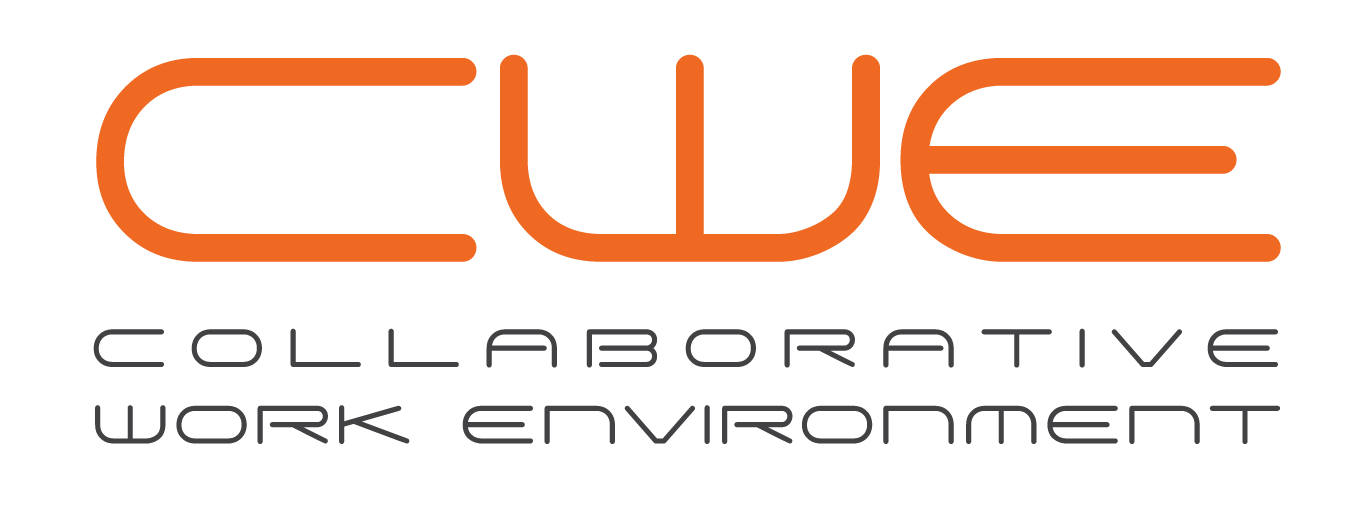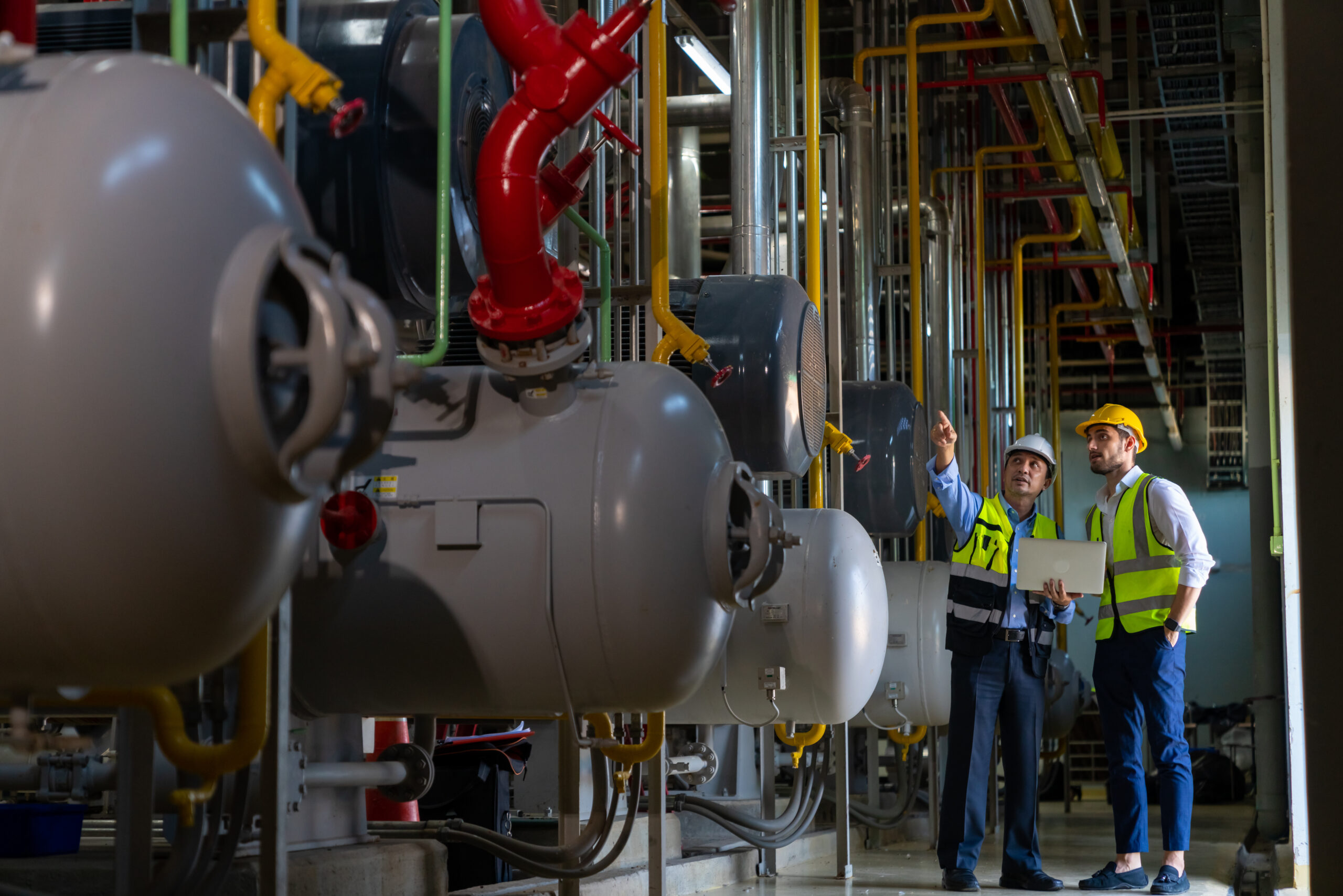Maintaining equipment and assets is an essential part of any business, regardless of the industry. However, many organizations face a constant challenge: how to strike the right balance between deferred maintenance and preventive maintenance. Deferred maintenance involves postponing repairs and maintenance work, often due to budget constraints or time constraints, while preventive maintenance focuses on proactive upkeep to prevent issues from arising. Today, we’ll explore the importance of finding the right balance between these two approaches and the benefits it can bring to your organization.
Understanding Deferred Maintenance
Deferred maintenance is the practice of postponing maintenance or repairs on assets or equipment that are showing signs of wear and tear. It’s often a short-term cost-saving strategy that can have long-term consequences. Some of the common reasons for deferring maintenance include budget constraints, a lack of available personnel, or a belief that the asset can still function despite minor issues.
While deferred maintenance can provide immediate financial relief, it can lead to several issues:
- Escalating Costs: Postponing maintenance can lead to more significant issues down the line, which often require more extensive and expensive repairs.
- Downtime: Asset failures can result in unexpected downtime, disrupting operations and potentially costing more in lost productivity and revenue than the initial maintenance would have.
- Safety Risks: Deferred maintenance can lead to safety risks for both employees and customers if equipment malfunctions or deteriorates.
- Reduced Lifespan: Equipment that doesn’t receive timely maintenance may have a shorter lifespan, requiring more frequent replacement.
The Benefits of Preventive Maintenance
- Preventive maintenance is a proactive approach that focuses on regular inspections, routine servicing, and timely repairs. Its primary goal is to prevent equipment and assets from breaking down, rather than waiting for issues to occur. This approach offers numerous advantages:
- Cost Savings: Preventive maintenance can save money in the long run by identifying and addressing issues early, preventing them from becoming major and expensive problems.
- Enhanced Efficiency: Regular upkeep keeps assets running at peak performance, leading to improved efficiency and productivity.
- Safety Assurance: Employees and customers are less likely to be at risk when equipment is well-maintained and in proper working order.
- Extended Lifespan: Regular maintenance can significantly extend the lifespan of equipment and assets, delaying the need for replacements.
Striking the Right Balance
Balancing deferred and preventive maintenance is essential for efficient and cost-effective operations. Here are some strategies to help you strike the right balance:
- Asset Prioritization: Identify critical assets that cannot afford deferred maintenance. Focus preventive efforts on these assets.
- Budget Allocation: Allocate a portion of your maintenance budget to preventive measures. This proactive investment can prevent costly deferred maintenance down the line.
- Data-Driven Decision-Making: Use data and performance metrics to make informed decisions about maintenance priorities. Predictive maintenance, which relies on data analysis and sensors, can help identify issues before they cause breakdowns.
- Regular Inspections: Schedule regular inspections and maintenance checks for all assets to identify issues early.
- Work Order Management: Implement a work order management system that tracks and schedules maintenance tasks, ensuring that preventive maintenance is not overlooked.
- Training and Education: Invest in training and educating your maintenance teams to ensure they have the skills and knowledge necessary for preventive maintenance.
- Regular Evaluation: Continuously review your maintenance strategies to adapt to changing circumstances, technologies, and asset conditions.
Finding the right balance between deferred and preventive maintenance is a critical aspect of managing your assets and equipment effectively. While deferred maintenance may offer short-term cost savings, it often leads to more significant problems and costs down the road. Preventive maintenance, on the other hand, is a proactive approach that can save money, enhance efficiency, and prolong the lifespan of your assets. By strategically combining these approaches, you can keep your organization running smoothly, avoid costly downtime, and ensure the safety of your employees and customers.
At the Collaborative Work Environment (CWE) we recognize the difficulty companies face in striking the right balance between deferred and preventive maintenance. Our OneView solution will provide the proper data management and analytics tools that are essential for driving process improvement initiatives. The right data, combined with effective analytics are powerful force multipliers in setting your organization up for success. Click the link below to set up a quick discovery call and see what our solution can do for you.



Comments are closed